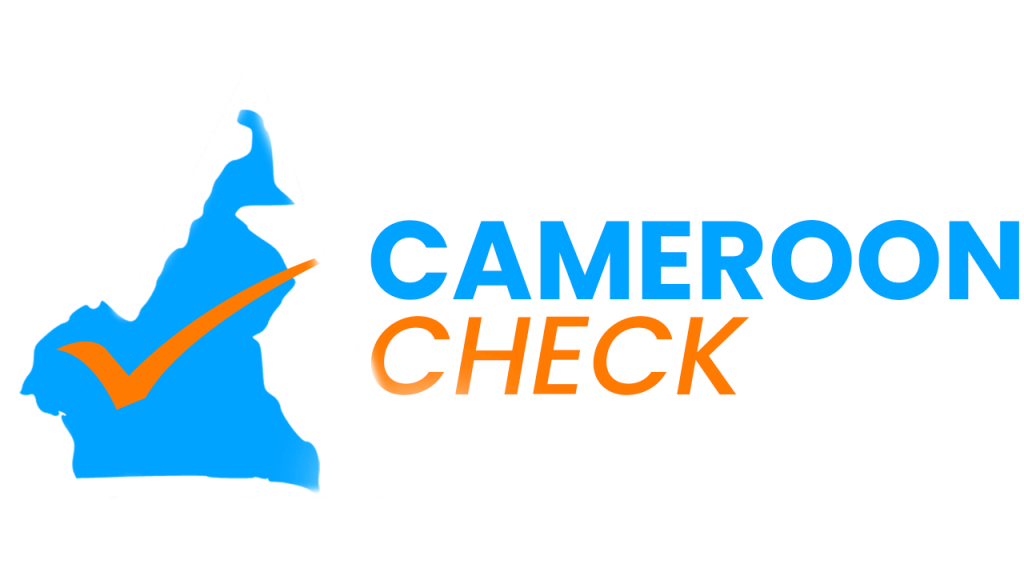The abstract is a summary of a scientific article published in the journal Economic Botany, Springer Link, and National Library of Medicine. It reports on a study of medicinal plants for reproductive health in Cameroon and Central Africa. Three researchers from Cameroon and Belgium interviewed 70 healers and elders in the Bamboutos division of the West Region. They collected and identified 70 plant species from 37 families for 27 reproductive ailments, such as venereal diseases, infertility, menstrual disorders, and pregnancy complications.
Plant parts, growth forms, sources, preparation methods, and administration routes of the remedies were recorded. They calculated the informant consensus factors (ICF) to measure the agreement on the use of each plant for an ailment. The ICF values ranged from 0.5 to 1.0, with an average of 0.91, showing a high consensus. They concluded that medicinal plants are important for reproductive health care in the area and are based on rich and diverse knowledge.
Major Statistics in the Research
- Reproductive health care in Cameroon has many challenges. They are high mortality, low contraception, high HIV/AIDS and STIs, and poor quality services.
- The government of Cameroon has adopted several policies and strategies to improve reproductive health care. They are National Health Development Plan, the National Reproductive Health Policy, National Population Policy, and the National AIDS Control Programme.
- The use of traditional plants for health care is widespread in Cameroon, especially among rural and poor populations. They rely on them for their easy accessibility and affordability.
- There is a rich diversity of medicinal plants in Cameroon, with more than 1,500 species reported to have medicinal properties. Many of these plants are use in reproductive health care. It is use for the treatment of venereal diseases, infertility, menstrual disorders, pregnancy complications, and postpartum care.
- More research and documentation are needed on the indigenous knowledge, pharmacological properties, and safety of these plants. More collaboration and integration will be helpful between the traditional and modern health systems, as well as more awareness and education on the benefits and risks of using these plants.
Discrepancies in the research
- The abstract claims that 80% of Africans use traditional plants for health problems, but it lacks reference for this statistic. The article cites a WHO report from 2002 that says that up to 80% of people in some African countries depend on traditional medicine for primary health care. This is different from saying that 80% of all Africans use traditional plants for health problems. The abstract should cite the WHO report or use more precise wording to avoid overgeneralization.
- The researchers used semi-structured interviews and participative field observations as research methods. But they did not explain what these methods entail or how they conducted them. The article provides more details on the data collection process, such as the sampling criteria etc. The abstract could briefly describe or define these methods or refer to the article for more information.
Conclusion
The study by Njamen et al. (2016) is a valuable contribution to the documentation and preservation of the indigenous knowledge of medicinal plants used for reproductive health care in Cameroon and central Africa. It shows the high consensus among informants on the use and efficacy of the remedies. It also shows the potential properties and toxicity of some plants. The study highlights the importance of integrating traditional and modern health systems. And the need for more research and conservation of the plants and their habitats.
The information contained in the article is mostly accurate and consistent with the study. The research can be better by providing a source for the statistics on the use of traditional plants in Africa. The research is a fascinating and informative read for anyone interested in learning more about the medicinal plants and the reproductive health care practices in Cameroon and central Africa.
Other Fact checks
- Breast cancer prevention stereotype
- Okrika Second Hand Cotton Dresses are Infected with COVID-19
- Reproductive Tech: Babies Can’t Grow Outside The Womb
- North Cameroon Schools under Attack
- Marburg Virus Scare, Cameroon
- Health Benefits of African Panacea, Beware of False Advertising
- Kamto Accuses Government For Human Right Violation
- Death rumors of Chief Sokoudjou, untrue
- Fake News: Man Transforms into Snake and Swallows Girl
- Corpse Discovery of a Man in his 40s in Bamenda Under Suspicious Circumstances is True
- The Article “Welcome to Yaounde” by TGP Newspaper is Misleading
- Cameroon- Native Doctor Mistakenly Makes His Client’s (Pastor) Picture Go Viral – Fake News

